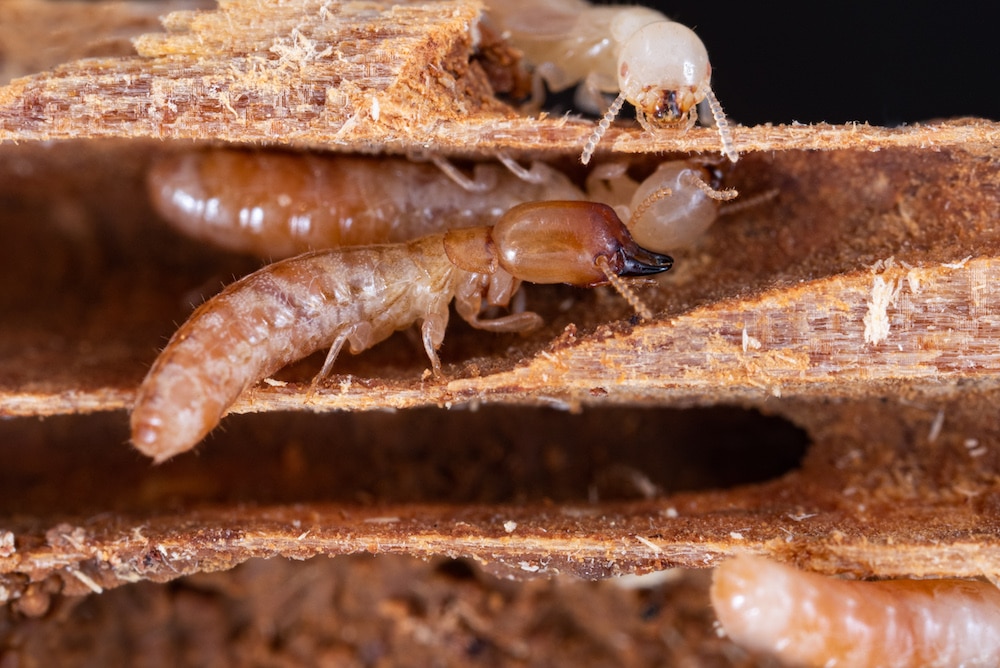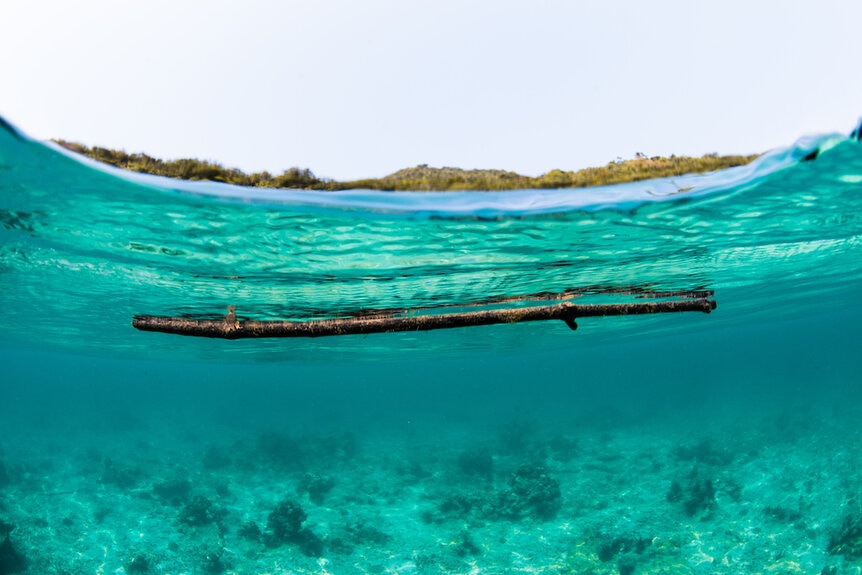Create a free profile to get unlimited access to exclusive videos, sweepstakes, and more!
Termites crossed the ocean at least 40 times over the last 50 million years
Termites are the ultimate invertebrate stowaways.

Our fictions are filled with stories of intrepid explorers braving the high seas in search of adventure. From Moby Dick to Sinbad: Legend of the Seven Seas (streaming now on Peacock), we have long been enamored with the poetic beauty and potential violence of the oceans.
So vast are the seas, and so dangerous their waters, we spent roughly the first three quarters of our species' existence bound to the land, and only made our first oceanic crossings roughly 50,000 years ago, give or take. Anthropogenic as our thinking usually is, we might be forgiven for thinking that our ability to spread across the world without the benefit of land bridges is unique among the terrestrial animals, but we’d be wrong. We were beaten to the punch by termites about 50 million years ago.
Termites aren’t exactly known for their travels. They tend to be home bodies not venturing more than a couple of hundred feet from their colony. They hang out inside trees, inside giant mounds, or inside our walls where they chew away at our houses. Objectively uncool, but that’s beside the point.
Still, their comparatively small bodies and their dependence on wood didn’t stop them from crossing the Atlantic and spreading to just about every continent in the world long before we ever came along. That’s according to a new study from researchers at the Evolutionary Genomics Unit at the Okinawa Institute of Science and Technology Graduate University, published in the journal Molecular Biology and Evolution.
To tell the story of those ancient termites, scientists gathered hundreds of samples from all over the world over a 30-year period. From those samples, 120 species were chosen, representing about a quarter of the total genetic diversity of Kalotermitidae — commonly known as drywood termites.
With their samples in hand, scientists went to work sequencing the mitochondrial genomes of those 120 species and built an evolutionary family tree, tracing their adaptations and origins into the distant past. The genomic data revealed that most termite species originally hailed from South America but have since spread across the world, including to remote islands in the middle of the ocean.
In order for us to see the genetic diversity we find in the world today, the ancestors of modern termites would have had to make transoceanic journeys at least 40 times over the last 50 million years with some of those journeys being as long as South America to Africa, a distance of roughly 2,500 kilometers.
Getting from continent to continent was clearly something termites were able to achieve on their own and helped to drive their evolution over millions of years by delivering pocket populations to new and diverse ecosystems. Scientists believe they must have used pieces of driftwood as both makeshift boats and temporary homes while they journeyed across the sea.
Some of their other journeys, however, were very likely our fault. The research also suggested that termites have made relatively recent journeys to some island locales by stowing away on human ships. Even more recently, humans were responsible for the termite’s most incredible journey, when an experiment containing 50 southeastern drywood termites blasted off to the International Space Station.
It’s a good thing we don’t build our spaceships out of wood because, the evidence is clear that if a termite gets a chance to go anywhere, they will.



























